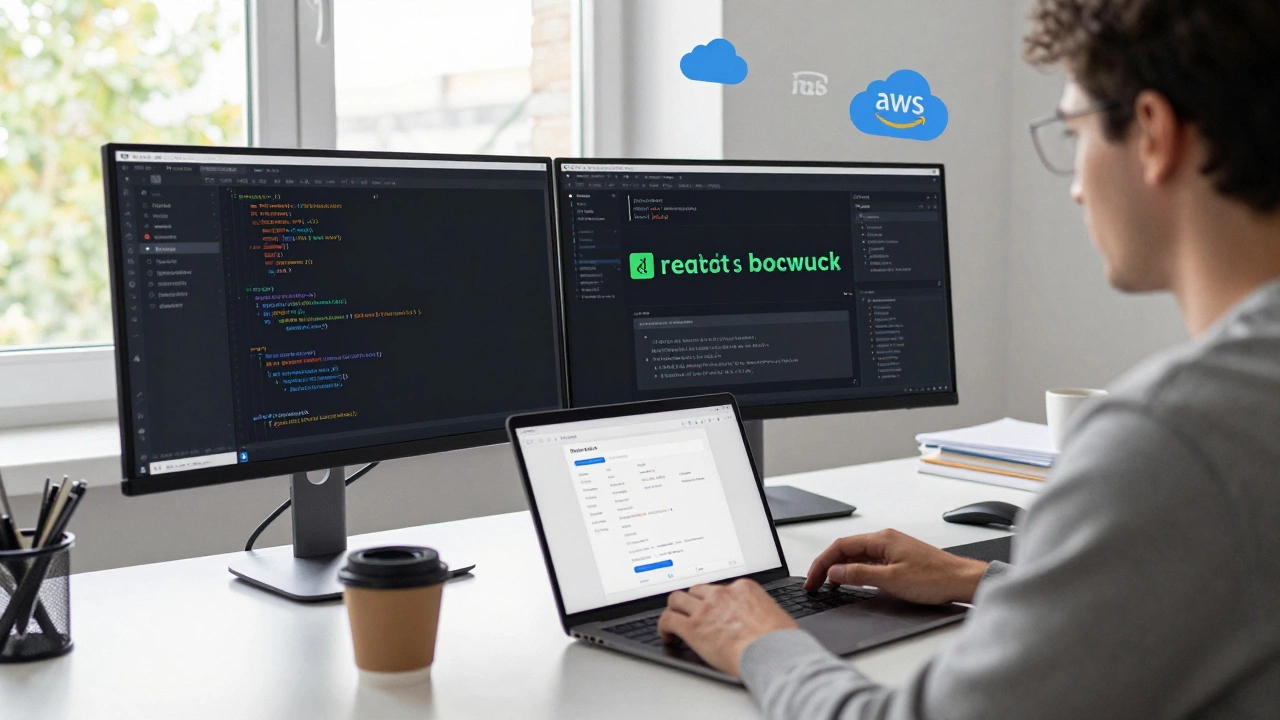Full Stack Development: Guides, Skills, Trends, and Salary Insights
If you’re wondering what full‑stack development looks like today, you’re not alone. The field moves fast, but the core idea stays the same: build both the front‑end users see and the back‑end that powers it. Below you’ll find practical advice, the hottest tech stacks, and real‑world salary numbers to help you decide if going full‑stack is right for you.
Why Full Stack Still Matters in 2025
Companies keep hunting for developers who can wear multiple hats. A full‑stack engineer bridges the gap between design and infrastructure, cuts hand‑off delays, and often costs less than hiring two specialists. In 2025, more businesses are adopting server‑less platforms like Vercel and edge functions, so the ability to write both React components and API routes is a big advantage. That’s why job listings still list “full‑stack” as a top requirement.
Getting Started: Skills, Stacks, and Career Paths
First, master the basics: HTML, CSS, and JavaScript. From there, pick a front‑end framework—most developers gravitate toward React, Vue, or Angular. On the back‑end, Node.js with Express, Python with Django or FastAPI, and Go are popular choices. If you love the React ecosystem, Next.js is a solid way to handle server‑side rendering, API routes, and edge functions all in one project.
Once you’re comfortable with a stack, focus on the “full‑stack glue”:
- Version control (Git)
- Database fundamentals (SQL or NoSQL)
- Authentication flows (OAuth, JWT)
- Deployment pipelines (CI/CD, Docker)
Most of these skills can be learned through free tutorials, open‑source projects, or a self‑study roadmap. The key is to build a real‑world app—like a blog with user accounts—and practice deploying it to a cloud provider.
When you feel ready, start looking at salary data. A full‑stack dev with two years of experience typically earns between £45k‑£65k in the UK, depending on location and stack expertise. Adding specialty skills—like cloud architecture or performance optimisation—can push that number higher, sometimes past £80k.
Career growth doesn’t stop at coding. Many full‑stack engineers move into lead or architect roles, where they design system-wide solutions rather than write every line of code. If you enjoy mentoring, consider sharing knowledge through blogs or talks—this not only boosts your profile but also sharpens your own understanding.
Bottom line: full‑stack development remains a high‑demand, well‑paid path in 2025. Focus on core web fundamentals, choose a stack that excites you, and keep adding glue‑skills. With consistent practice, you’ll be ready to land a role that lets you build complete, modern web experiences.











